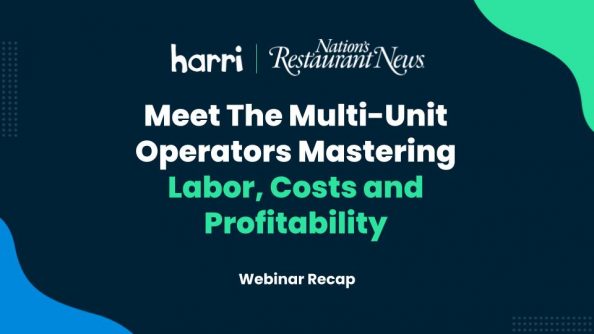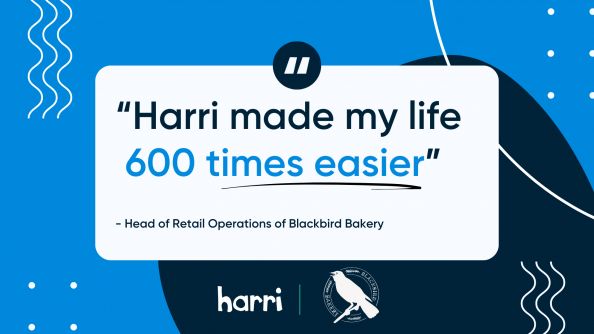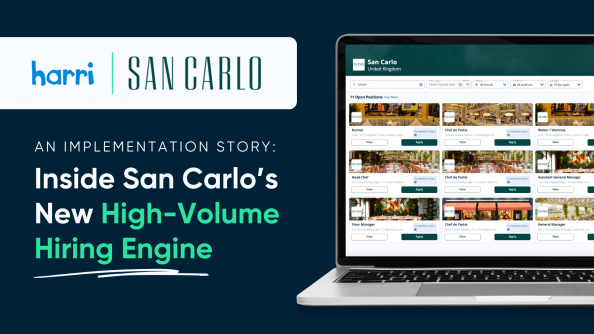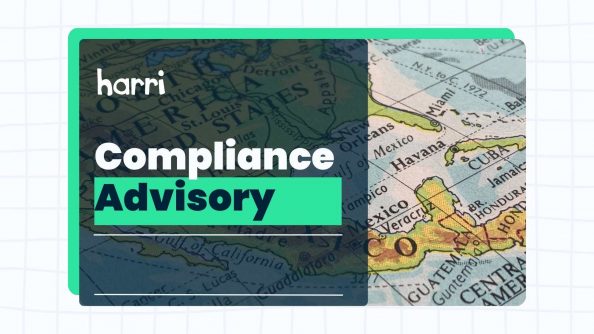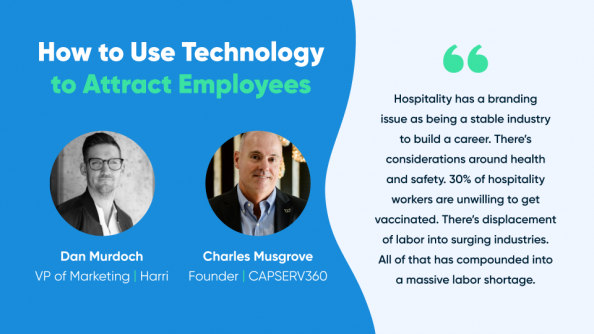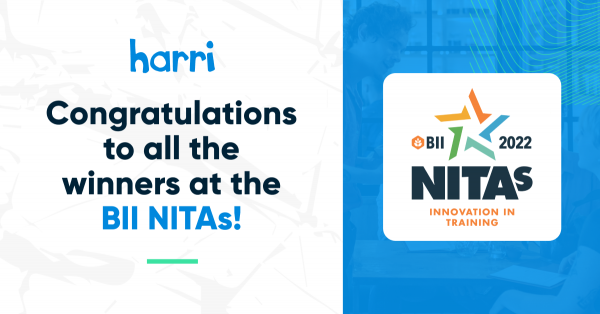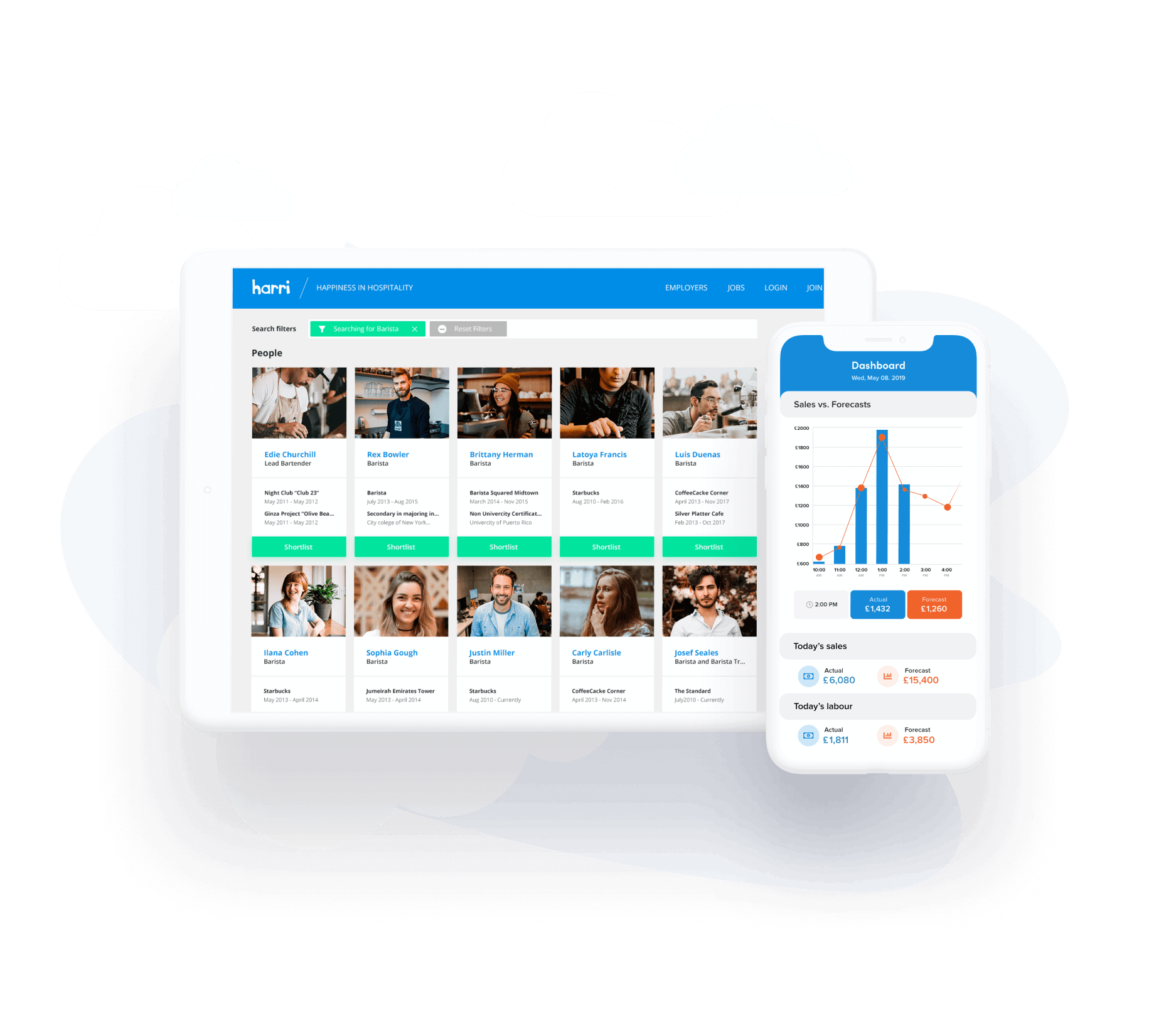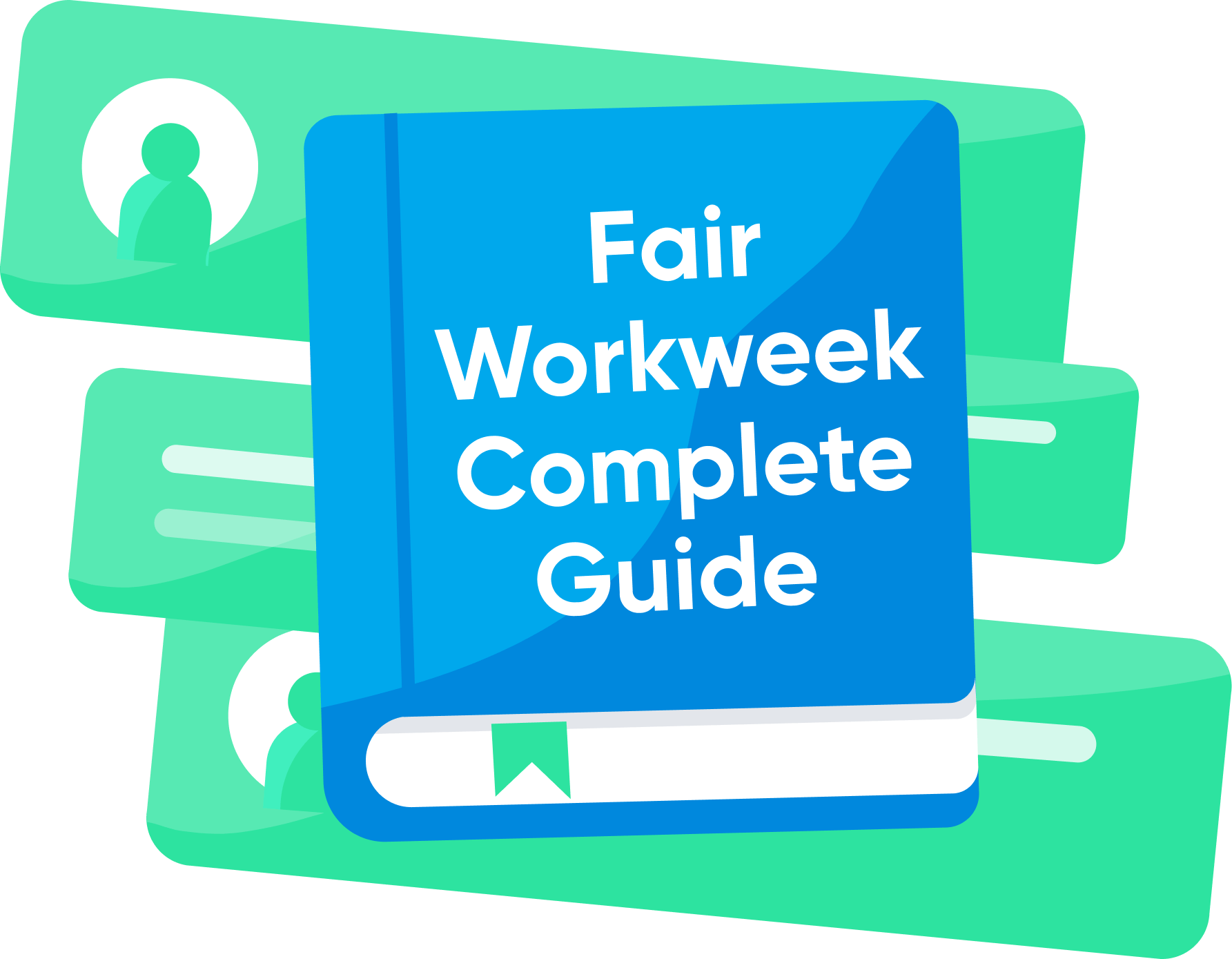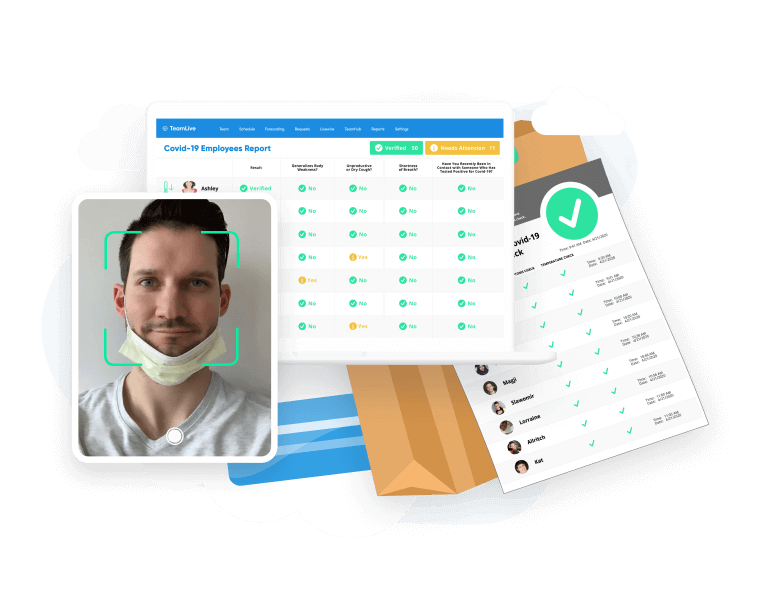Mid-Year California Compliance Reset: Taxes On Tips, New Hire Rules, Final Pay Updates & More

- By Harri Insider Team | July 28, 2025
Key insights from our July 24, 2025 webinar with Zaller Law Group
Our recent “Mid-Summer Compliance Reset” webinar with Zaller Law Group provided crucial updates on hiring practices, termination procedures, and new federal legislation affecting tipped employees.
Federal Relief for Tipped Workers: The "No Tax on Tips" Law
What Changed: Signed into law on July 4, 2025, the “No Tax on Tips” provision offers significant tax relief for tipped employees and creates a competitive advantage for employers in the hospitality sector. Key Benefits:
- Tips: Workers can deduct up to $25,000 in qualified tip income annually
- Overtime: Deduction of up to $12,500 per individual ($25,000 for couples)
- Timeline: Available for tax years 2025-2028
- Eligibility: Phases out for individuals earning over $150,000
Important Limitation: Only applies to FLSA-defined overtime, not California’s daily overtime rules (work over 8 hours per day).
What Employers Need to Do:
- Report total cash and non-cash tips on Form W-2
- Include employee occupation information
- Update payroll systems for new reporting requirements
- Prepare for additional IRS guidance on implementation
“This law creates a real incentive for workers to seek tipped positions, which could be a game-changer for hospitality recruitment.“
Anne McWilliams from Zaller Law Group
The End of Pen and Paper Compliance
Samantha Gallagher from Harri emphasized the critical need for digital automation in compliance management. “We exist in the digital age. There’s really no reason why anybody should have to be doing anything on pen and paper anymore as it relates to hiring and onboarding.”
Harri’s platform, which serves over 600 customers across 40,000 locations with more than 5 million employees, demonstrates how technology can streamline compliance while reducing human error. Their Risk Analysis Dashboard (RAD) serves as a “compliance copilot,” proactively identifying potential violations before they become costly problems. The RAD:
- Proactively detects patterns signaling noncompliance
- Flags issues like frequent late clock-ins or short meal breaks
- Tracks adjusted time punches
- Gives operators visibility to “see around the corner”
California's Overwhelming New Hire Requirements
The Reality: California requires 20+ mandatory documents in every new hire packet – creating a massive stack of paperwork when printed.
Critical Mandatory Documents Include:
- I-9 Employment Eligibility Verification
- W-4 federal and DE-4 state tax forms
- Wage and Employment Notice (Labor Code §2810.5) – frequently cited in litigation
- Workers’ Compensation pamphlets and designation forms
- Sexual harassment prevention materials
- Disability insurance and paid family leave notices
- Health insurance marketplace notices
- COBRA information (for applicable employers)
Best Practices for Document Management:
- Translate everything: If 20%+ of your workforce speaks another language, translate all documents
- Go digital: Electronic storage makes retrieval faster and more reliable
- Check local requirements: Cities like Los Angeles, San Diego, and Santa Monica have additional mandates
- Train managers: Ensure hiring personnel understand completion requirements
“The Notice to Employee document is extremely important – it’s frequently brought up in litigation and there are penalties for not having it properly completed,“ warned the Zaller Law Group team.
Arbitration Agreements: Worth the Investment
Despite some drawbacks, employment lawyers strongly recommend arbitration agreements for their protective benefits.
Key Advantages:
- Class action protection: Express waivers eliminate costly class action exposure
- Faster resolution: Typically resolved in under a year vs. years in court
- Cost control: Generally less expensive than jury trials
- Privacy: Proceedings remain confidential
- Predictable outcomes: Arbitration awards typically smaller than jury verdicts
Guidance To Consider:
- Use standalone documents, not handbook provisions
- Ensure both parties sign
- Make voluntary, not mandatory
- Translate for non-English speakers
- Maintain electronic signature audit trails
- Regular review: Update every 3 years with legal counsel
Critical Warning: Timely payment of arbitration fees is essential – failure to pay can result in returning to court where class actions can proceed.
Background Check Compliance: The Fair Chance Act
California’s Civil Rights Department offers multiple resources regarding process requirements, including:
Process Requirements:
- No criminal history questions before conditional job offers
- Individualized assessment for any adverse decisions
- Consider multiple factors: Nature of conviction, time elapsed, job relevance
- Provide notice: Written notification with 5 business days to respond
Evaluation Factors Include:
- Specific conduct and harm involved
- Whether disability contributed to the offense
- Age of applicant when offense occurred
- Time passed since conviction/incarceration
- Specific job duties and workplace context
“This is very nuanced and requires individualized assessment – it can’t be done as a blanket policy,” emphasized Pooja Patel from Zaller Law Group.
Resource: California Civil Rights Department provides sample forms and templates to guide employers through the entire process. To learn more, visit https://calcivilrights.ca.gov/fair-chance-act/.
Termination: Timing Is Everything
California’s final pay requirements are strict and carry significant penalties.
Payment Timing:
- Involuntary termination: Immediately at place of termination
- Voluntary with 72+ hours notice: Last day of work
- Voluntary with less notice: Within 72 hours
What Must Be Included:
- All wages and accrued vacation
- Outstanding bonuses/commissions (if calculable)
- Expense reimbursements with proper forms
Penalties for Late Payment:
- Waiting time penalty: Full day’s pay for each late day, up to 30 days maximum
Required Termination Documents:
- Notice to Employee as to Change in Relationship
- Unemployment benefits information
- COBRA/Cal-COBRA notices
- Health Insurance Premium Payment (HIPP) notice
Pro Tip: Document termination reasons thoroughly, even if not provided to the employee – this documentation is critical for defending potential litigation.
The Bottom-Line for California Restaurant Operators
The complexity of California employment compliance continues to increase, making manual processes increasingly risky and unsustainable. The combination of extensive documentation requirements, strict timing deadlines, and severe penalties for violations creates a compelling case for digital automation.
As Gallagher emphasized, “We want to basically equip you with all resources and tools necessary to be successful” in navigating California’s challenging compliance landscape.
“Our platform basically gives operators the ability to do the full hiring flow… all of the required California onboarding documents are available directly within our platform. We try to make setup very easy, seamless, less prone to human error.”
Key features include:
- Automated document generation for all required forms
- Electronic signatures with audit trails
- Risk analysis dashboard for proactive violation detection
- Integration with workforce management systems
- Compliance tracking across all locations
The cost of non-compliance far exceeds the investment in proper systems and training. With penalties often reaching $10,000+ per violation plus attorney fees, prevention through technology and proper procedures isn’t just smart business – it’s essential for survival in California’s complex employment landscape.
To learn about receiving a complimentary compliance audit, email marketing@harri.com.
This post is not intended to be legal advice and is solely to be used for information and summary purposes only.





